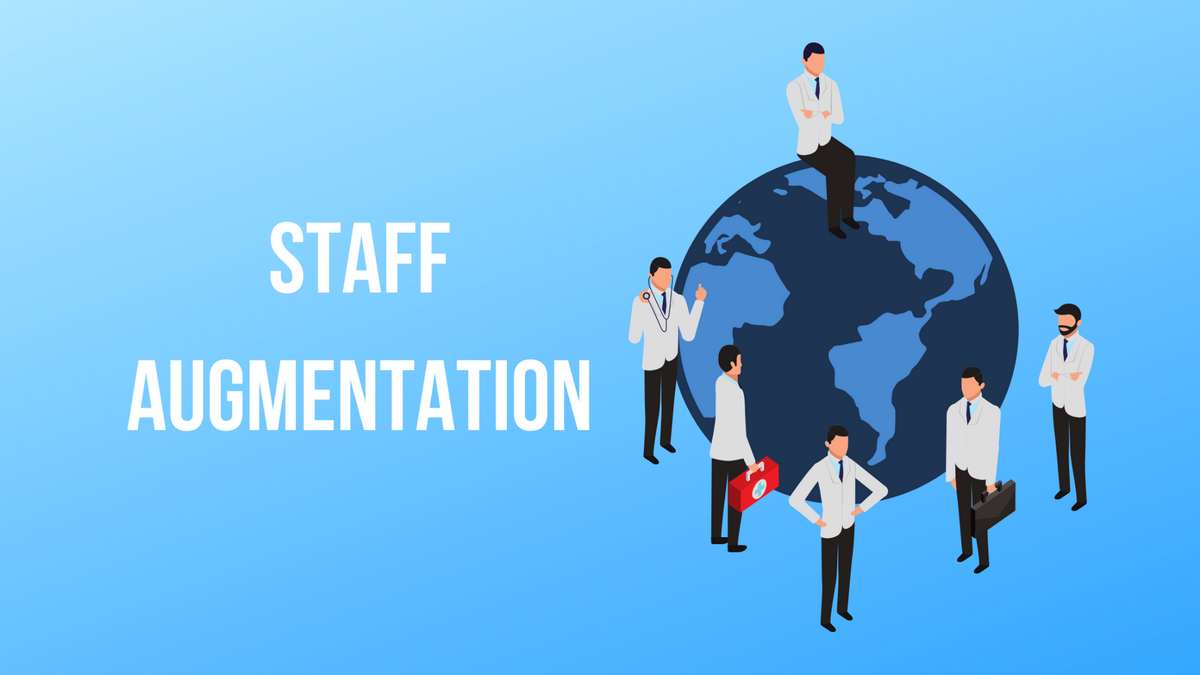
In 1990, forward-thinking MIT professor Michael Hammer laid out the fundamental principles of a concept that is still hyper-relevant more than thirty years on: business process reengineering (BPR).
Why is business process reengineering considered to be such a valuable process? What are the core benefits? What does it involve? And is it always the right path? These are some of your questions answered here.
What Is Business Process Reengineering?
In brief, BPR involves a thorough evaluation of core business processes, followed by a redesign and overhaul of these processes as warranted. The aim is to eliminate unnecessary costs and waste, improve efficiency and productivity, boost the quality of products or services, and keep the business competitive. BPR examines every aspect of the way a business operates: operations, finance, HR, and IT.
Many companies have undertaken radical overhauls of the way they work through BPR. Ford, T-Mobile, and AirBnB are all well-documented examples of major players at the top of their game post-BPR.
The process can be a huge undertaking but the rewards should be even greater. The pace of change in the business world is rapid. It is vital to reflect often on whether business processes are still the most appropriate. Processes can quickly become outdated and counterproductive.
Michael Hammer’s original words from the 1990s best explain how and why BPR is still relevant: ‘Re-engineering strives to break away from the old rules about how we organize and conduct business. It involves recognizing and rejecting some of them and then finding imaginative new ways to accomplish work. From our redesigned processes, new rules will emerge that fit the times. Only then can we hope to achieve quantum leaps in performance.’
What Are the Steps Involved in BPR?
BPR needs to be undertaken with the help of business consultants. They can take an independent and impartial view of your business. They bring their expertise and experience of the BPR process with them too, and can, therefore, complete the process efficiently, on budget, and on time.
Here’s how a typical business processing restructure works, step by step.
1. Assemble the BPR team and define goals
Aside from finding outside consultants to partner with, you will need internal stakeholders to be involved in the process. To partner successfully with any external organization, clear goals of the BPR process must be established.
2. Defining the current processes
The next step for the internal team is to clearly and thoroughly detail and map out your current business processes. SOPs, workflow diagrams, and details of stakeholders, tools, and process owners are vital information for the next stages. It is vital to provide a holistic representation of how the current business processes run.
3. Analyzing current processes
Using the information collated, consultants set up an audit and analysis process. This closely examines current processes for weaknesses, gaps, disconnects, error-prone and flawed processes, and duplications of work. Existing processes and assumptions are likely to be challenged.
The analysis stage of the process is now enhanced by the use of machine learning and artificial intelligence. Today’s advanced analytical and reporting tools combine with the depth and breadth of human knowledge of best practices and real-life examples to provide the best analysis of current processes.
It should now be possible to identify clear areas for improvement and thus move on to the next stage.
4. Redesigning processes
Following the diagnosis of processes that need to be updated or changed, the redesigning of these processes begins. This is a collaborative process between your internal team and external consultants to ensure that redesigned processes are suitable and feasible.
Opportunities to leverage new technology, and streamline and eliminate redundant processes may all be part of the radical transformation. Innovative solutions will be suggested.
Like all design processes, prototypes will be developed, tested, and evaluated before a full implementation takes place.
5. Implementing and monitoring new processes
After the new processes are launched, a period of monitoring is put in place to make sure that BPR goals are met and that all stakeholders are satisfied.
What Are the Benefits of Business Process Reengineering?
The following are examples of the most frequent benefits of undergoing the BPR process.
1. Increased productivity
The goal of BPR is to elevate efficiency. The removal of bottlenecks, redundant workflow steps through BPR frees resources to be better utilized. Improvements to processes are added, such as parallel processing where possible.
The result is faster and more cost-effective production lines and improved productivity overall.
2. Improved product quality or service delivery
Besides improving efficiency, BPR can help identify weaknesses within your service delivery or where there are opportunities to produce a better quality product. Following BPR, expect processes to be better customized to suit your organization and its goals.
It’s important to consider where your business can leverage new technology to improve product or service output. Adoption of the latest technology can revolutionize the way a business operates but only when the most appropriate tools are selected and implemented properly.
The BPR process identifies what gaps exist and which technology product can best fulfill your needs.
3. Reduced costs
Following BPR, your business will be saving resources and better utilizing them. This reduces unnecessary costs. There are other ways in which the BPR process can save money:
- A more efficient business improves employee satisfaction and reduces staff turnover.
- Compliance and regulatory issues are resolved quickly, reducing the risk of fines.
- The assessment of the risk of fraud, and the identification of and resolving potential problem areas all lead to better risk management and resource utilization.
- Improvements in flexibility and agility within the business reduce the potential costs of updating processes in the future.
4. Increased customer satisfaction
The better products and services, faster solutions, quicker turnaround times, happier staff, streamlined processes, and optimized customer service that result from BPR are all synonymous with increased customer satisfaction.
5. Better competitive advantage
If your business is operating as efficiently as possible, is providing optimal products and services, has satisfied customers and employees, and is agile in response to market changes and conditions, you will have a competitive advantage.
Is BPR the Right Course of Action?
Businesses of all sizes can benefit from business process re-engineering.
If you suspect your company is not operating as efficiently as possible or you have dissatisfied customers, high costs, a high staff turnover rate, stiffening competition, or lessening profits, BPR comes highly recommended as a thorough evaluation of your business processes is required.
Contact well-regarded business consultants to find out more.
AUTHOR BIO
Mini Madhavan is a Management Consulting Partner at Affility, a comprehensive advisory services firm assisting clients in the UAE and worldwide with IT, risk and management consulting solutions. A specialist Audit and Consulting Professional with over 12 years of experience, Mini is an EY alumnus, a Fellow Member of ACCA who helps Entrepreneurs and Business leaders to accomplish their business goals by planning, optimizing and implementing their business processes.



